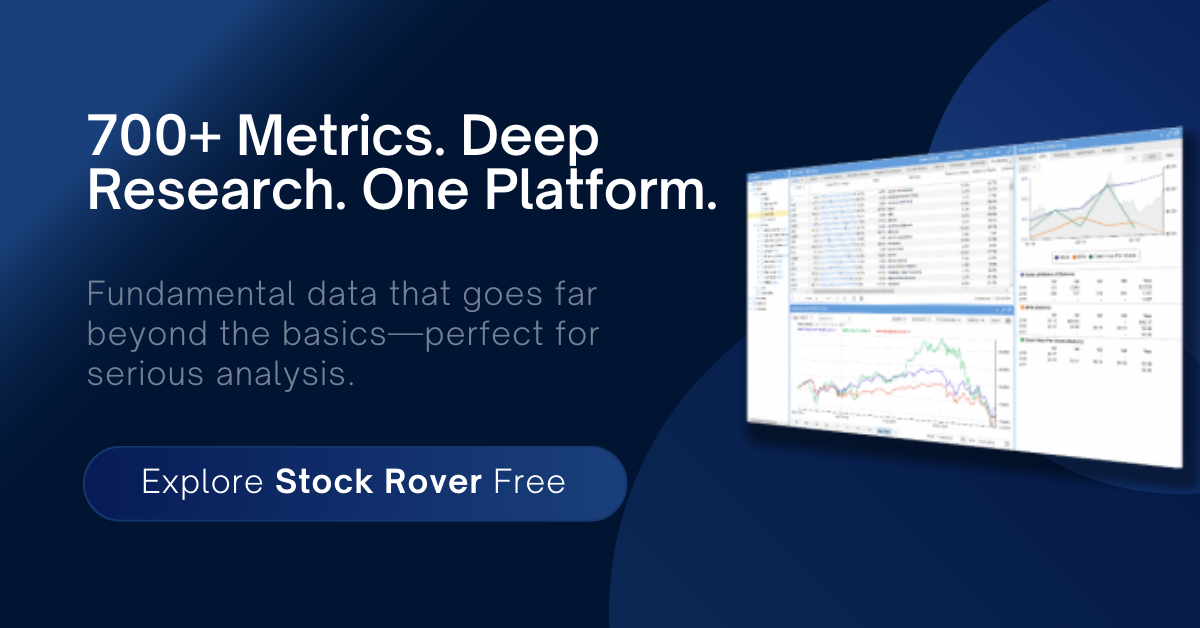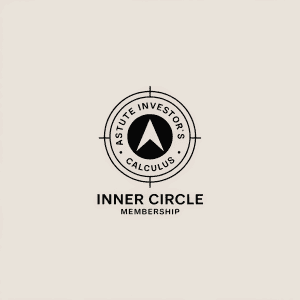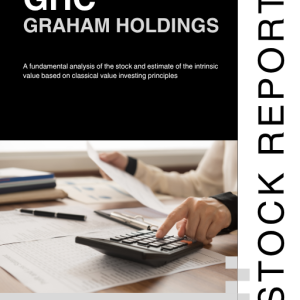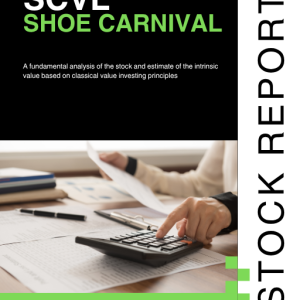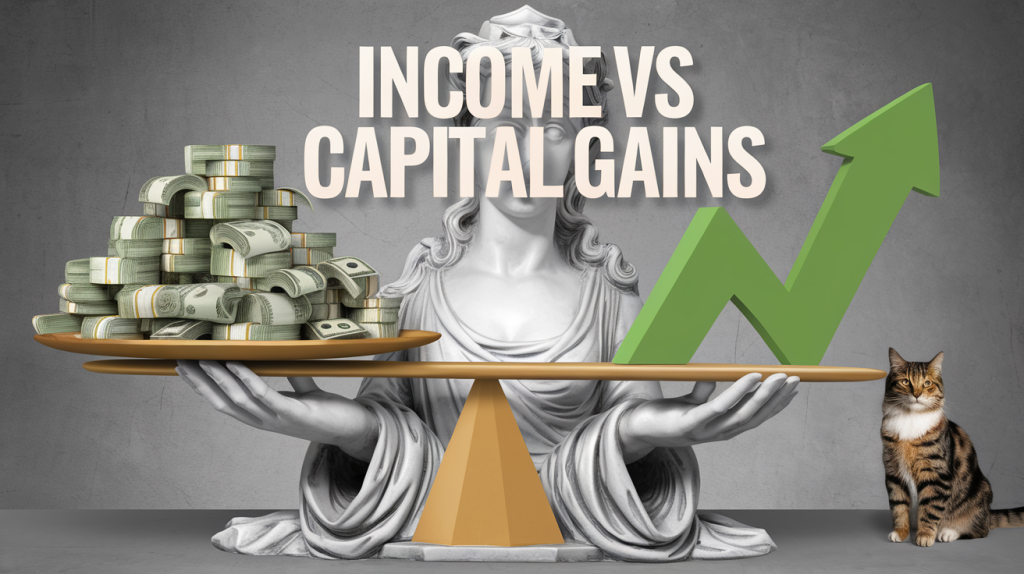
As value investors, we invest in stocks selling at a discount to the intrinsic value, and expect the stock price to appreciate and approach the fair value which gives us a profit. By definition, we are looking for capital appreciation. Typically, income tends to be an after thought in this analysis. In fact, most value investors will tell you that they are at best indifferent to dividends.
This is unfortunate, as dividends can play a big role in a value investor’s portfolio.
Understanding Income in a Value Portfolio
On a fundamental level, if a stock tacks on an incremental value to its price (capital gains) or chooses to give you this incremental value (dividend income), it really should not make a different to you as an investor. You can always take the dividend and buy more shares of the stock, and thereby maintain your exposure to the company at the same level.
If there is an advantage to be had by buying an income producing stock, it has to be some other way. In fact, there are a few different reasons why you should not ignore dividends in your portfolio. Let me take you through these reasons.
You Get Paid to Wait
Opportunity cost is a big risk in value investing. Sure, the stock you own is undervalued, and yes, the market will eventually rerate the stock and bring the price to its fair value (or higher), but the question is when will this happen?
Sometimes you know there is an upcoming catalyst that will unlock the value soon. In most other cases, you will not have this luxury and you may get your profits next week, or you may have to wait for a while.
As a value investor you are taking a position against the market. A long wait is uncomfortable. We humans have a need to validation and if we do not get it for some time, it makes us anxious.
Wouldn’t it be nice if you can count on the company to pay you a dividend while you wait?
Income Creates Options
A cash flow is nice as it allows you the opportunity to invest in other stocks in your portfolio, without having to sell out of your existing positions. You can for example take advantage of new opportunities, or even increase your position in an existing stock if it is available at a greater discount. If you are investing on a margin, you can let the dividends pay down your balance. You can always reinvest the dividend income in the same stock. And finally, you can take the income out for living expenses.
If you are in the process of building a position in a stock, you can use the accumulated dividends in your portfolio to help you do that.
Another reason to love dividends: if you own a stock that you wish to hold for a long time, and it is currently mildly overvalued, you do not need to sell the stock. You can continue to own the stock but take the dividend income and put it to work elsewhere. This way you are gently reducing your exposure to an expensive stock without actually selling it outright.
Dividends are a Vote of Confidence
It is hard to judge the quality of the management. It is harder to know if they are cheating and cooking the books. You are a retail investor and do not have the time or resources to audit the company financials. You trust what is being told to you by the company.
A dividend is one of the few things the company cannot fudge. They need to have actual cash in the bank to be able to pay a dividend.
Even better: a growing dividend tells you that not only the company is on a sound footing today, they believe that their business is only getting better every year.
Dividends can be a Catalyst to Unlock Value
Consider an extreme case of a company that has more cash/share on the books that the stock price. It can potentially pay out a 100% dividend and still have a very viable and profitable operating business that will continue. Therefore the stock will have a non-zero value after the dividend payment.
There are opportunities like this in the market. While 100% dividends are uncommon, it doesn’t have to be this extreme for investors to sit up and take notice.
$TLF (Tandy Leather Factory) recently announced a payment of about 30% off its stock value as a special dividend. The stock has taken off after the announcement.
Dividend Paying Stocks Compound Portfolios with Lower Volatility
Dividend paying stocks are also held by investors looking for income and they tend to be long term holders and accumulators. Since there are less number of investors chasing daily price swings, these stocks tend to be more stable.
Additionally, regular cash flow that is continuously reinvested in cheaper assets helps keep the overall volatility of the portfolio down as well compared to a portfolio where stock declines are not bought.
The portfolio also compounds faster over time as the reinvestment process keeps on buying low again and again.
The Art of Balancing Income and Capital Appreciation
I am a fan of the BCG Growth Share Matrix, that breaks up a portfolio into 4 quadrants. One of the most important quadrant is the “Cash Cows”.
I consider dividend paying stocks as cash cows that should fund the more illiquid and “risky” bets in the portfolio. There are various ways you can implement this in your own investing. You could create a core+satellite approach where you invest in a few well-chosen high quality dividend paying stocks as your core, and then invest as a value investor in your satellite part of the portfolio. The dividends from the core can fund your higher return potential part of the portfolio. Alternatively, you can have multiple portfolios – 1 devoted to dividend stocks and other devoted to value investing.
In your value portfolio, you will also own stocks that pay dividends. Consider these dividends as a signal for strong fundamentals and management integrity – but nothing more than that. Here you invest for valuation first. Any dividends are bonus.
Featured products

Shailesh Kumar, MBA is the founder of Astute Investor’s Calculus, where he shares high-conviction small-cap value ideas, stock reports, and investing strategies.
His work has been featured in the New York Times and profiled on Wikipedia. He previously ran Value Stock Guide, one of the earliest value investing platforms online.
Subscribe to the Inner Circle to access premium stock reports and strategy insights.
Featured in:


